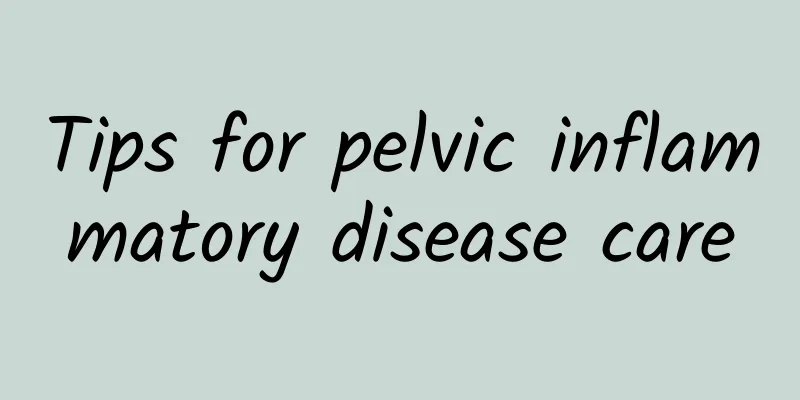3 tips to avoid obesity! Doctor: Stay away from abdominal obesity first

|
The number of obese people has been increasing around the world, and hundreds of millions of people are suffering from malnutrition due to obesity, which has caused health hazards! According to a report from Taiwan's Ministry of Health and Welfare, Taiwan has the highest obesity prevalence rate in Asia, with one in two adult males being obese or overweight, while the ratios for females and children are one-third and one-quarter respectively. Obesity is closely related to many diseases. According to the World Health Organization (WHO), obese people are more than three times more likely to develop diabetes, metabolic syndrome, gallbladder disease, dyslipidemia, dyspnea, and sleep apnea than those with a healthy weight. Hypertension, hyperuricemia, gout, osteoarthritis and coronary heart disease are 2-3 times more dangerous. Finally, the risk of breast cancer, endometrial cancer, colorectal cancer, female hormone abnormalities, polycystic ovary disease, infertility, lower back pain, fetal malformations, anesthesia risks, etc. is 1-2 times higher. It can be seen that the threat of obesity to health cannot be underestimated. How do we measure whether we are obese? According to the World Health Organization (WHO), body mass index (BMI) is used as the basis for diagnosing obesity. Body mass index (BMI) = weight (kg) / height (m2), and the degree and standards of obesity in Taiwan are described in Table 1. Obesity, especially abdominal obesity, is more closely related to metabolic syndrome. In addition to weight control, waist circumference control is also important. Because people with abdominal obesity have their fat accumulated in their stomachs and internal organs. Compared with fat accumulated in the thighs or buttocks, this fat is less stable and is prone to secrete excessive free fatty acids or some inflammatory factors. In the long run, it will cause insulin to deteriorate, increase blood sugar, damage and inflame vascular endothelial cells, and cause cardiovascular diseases such as high blood pressure. According to statistics, people with abdominal obesity have about a 50% chance of having metabolic syndrome. Metabolic syndrome is a cluster of risk factors related to cardiovascular disease that often occur together. So when one of the risk factors appears, you should check whether the other four also exist! Adults over 20 years old who have three or more of the following five risk factors can be diagnosed with metabolic syndrome. Table 2. Risk factors for metabolic syndrome Stay away from obesity and start with healthy living habits 1. Control your weight: measure your weight, calculate your BMI and waist circumference every day. 2. Healthy diet: eat more whole grains, vegetables, and fruits, and less refined starch, processed and fried foods, and foods containing trans fatty acids; eat less red meat and fatty meat, and more deep-sea fish and white meat; less oil, less salt, and a moderate amount of nuts. 3. Exercise more: Exercise can burn fat, consume calories, and convert fat into muscle. It is recommended to exercise at least 3 times a week, 30 minutes each time, with a heart rate of 130 beats per minute or slight breathing. Final Reminder Obesity has threatened the health of our people. It is closely related to many diseases. We must not ignore it and must develop healthy living habits. Let's calculate our BMI now! |
<<: The less sweet a fruit is, the lower its GI value? Eating the right fruits won’t make you fat!
>>: To rescue a loose lower body, the knees cannot go beyond the toes when squatting?
Recommend
Is pelvic effusion puncture a good treatment?
Pelvic effusion can cause patients to have abdomi...
What causes polycystic ovaries?
What is the cause of polycystic ovarian changes? ...
What medicine can I use to treat premature menopause caused by uterine fibroids? Is premature menopause caused by uterine fibroids good?
Uterine fibroids are one of the most common benig...
What are the reactions of the abdomen to uterine fibroids? What are the changes in the abdomen to uterine fibroids?
Uterine fibroids are a common gynecological disea...
Cold obesity is prone to infertility. Two cups of tea can help you regain vitality.
Seeing her daughter tucking into ice cream or col...
What is intramural uterine fibroids? How to treat intramural uterine fibroids?
Uterine fibroids must pay attention to rest, do n...
What should we pay attention to when treating cervical hypertrophy?
What should be paid attention to when treating ce...
What are the nursing matters for dysmenorrhea?
Dysmenorrhea is one of the common diseases of wom...
What to do if you have chest pain after miscarriage
What to do if you have chest pain after miscarria...
Introduction to medication for menopause
If your friends fail to do a good job of daily ca...
Which three kinds of exercise are chocolate cysts most afraid of?
Which three kinds of exercise are chocolate cysts...
How to regulate irregular menstruation for women? Try two dietary treatments for irregular menstruation
Irregular menstruation is a common symptom of gyn...
How is vaginitis diagnosed?
As we all know, sometimes we are sick but don’t k...
How much do you know about the two correct methods of treating cervicitis?
Cervicitis is a common disease among gynecologica...
Is embolization effective for treating adenomyosis?
The effect of embolization treatment for adenomyo...









